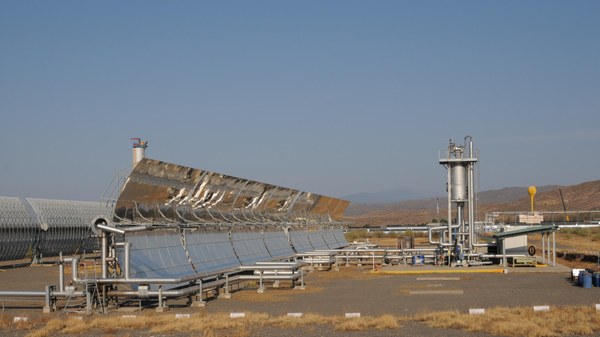Temperature record in the MOPUW, the hottest thermal oil plant in the world
The Mobile Pump and Heat Transfer Fluid Test Stand (MOPUW) enables the demonstration and research of new types of heat transfer fluids for solar thermal power plants and industrial plants on a pilot plant scale. In the completed first system demonstration with a high-temperature silicone oil, DLR, in cooperation with the participating industrial partners, demonstrated the functionality of the entire system at temperatures of up to 470 degrees Celsius in continuous operation.






